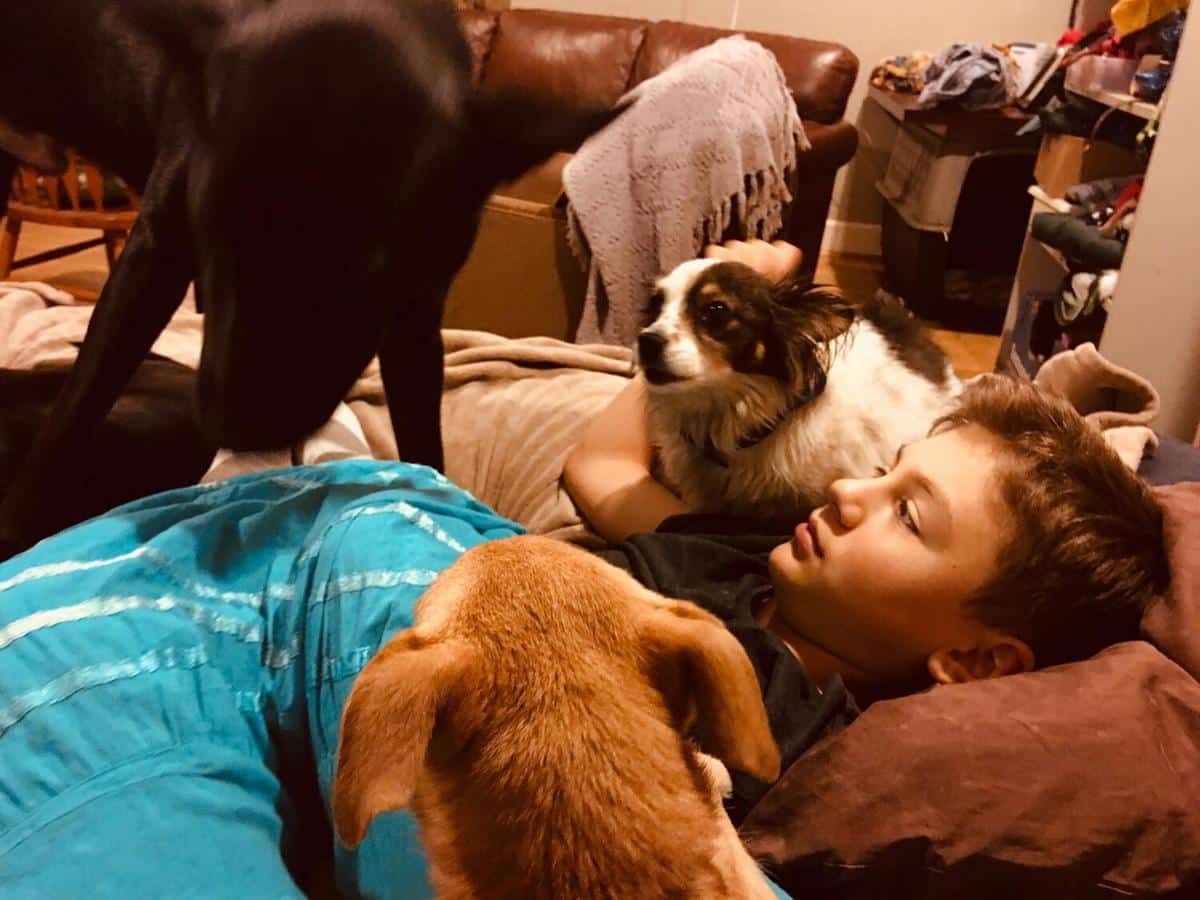
Integrating a New Pet into a Home with Existing Pets: A Step-by-Step Guide
Welcoming a new pet into a home bustling with existing furry residents is a delightful yet challenging endeavor. Ensuring a harmonious transition requires patience, understanding, and a strategic approach.
Understanding Pet Dynamics
Introducing a new pet into a household with existing animals requires careful planning and understanding of pet dynamics. According to Dr. Julie Albright, a veterinary behaviorist, ‘Understanding the social structures of your existing pets is crucial for a smooth integration.’ Pets are territorial by nature, and knowing their boundaries can help minimize conflicts.
Importance of Gradual Introduction
Research suggests that a gradual introduction can significantly reduce stress for both new and existing pets. The American Veterinary Medical Association recommends a slow and steady approach to prevent territorial aggression.
Step-by-Step Integration Guide
- Prepare a Safe Space: Set up a dedicated area for the new pet to feel secure, away from the existing pets.
- Initial Scent Exchange: Swap bedding or toys to familiarize pets with each other’s scents before a face-to-face meeting.
- Controlled Meetings: Arrange short, supervised meetings in neutral territory, rewarding calm behavior with treats.
- Monitor Body Language: Watch for signs of stress or aggression, such as growling or hissing, and separate if necessary.
- Gradual Increase in Interaction: Slowly increase the time and frequency of their interactions as they become more comfortable.
Common Challenges
Introducing a new pet can sometimes lead to challenges such as food aggression or resource guarding. Ensuring each pet has its own feeding station and personal space can mitigate these issues.
Personal Anecdote
Consider the experience of Mark, who recently introduced a rescue cat into a home with two dogs. Initially, the dogs were curious yet cautious. By slowly introducing the cat and rewarding positive interactions, the household eventually settled into a peaceful routine.
Comparing Integration Approaches
| Approach | Advantages | Disadvantages |
|---|---|---|
| Immediate Introduction | Quick adaptation for confident pets | Risk of aggression and stress |
| Gradual Introduction | Reduced stress, better long-term harmony | Takes more time and patience |
| Parallel Play | Allows pets to get used to each other from a distance | Requires careful supervision |
| Structured Feeding Times | Prevents resource guarding | Needs consistent scheduling |
Frequently Asked Questions
How long does it take for pets to get along?
It varies; some pets may take a few days, while others might need weeks or even months.
Should I intervene if a fight breaks out?
Yes, safely separate the pets and try again later in a controlled environment.
Is professional help necessary?
If aggression persists, consulting a professional pet behaviorist can be beneficial.
Conclusion
Integrating a new pet into a home with existing pets is a process that requires time, patience, and careful planning. By following a structured approach and being attuned to the needs of all animals involved, you can help foster a peaceful and loving multi-pet household. Remember, every pet is unique, and adjustments may be necessary to ensure a harmonious coexistence.